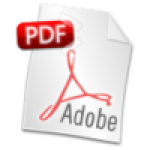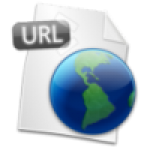Phase locked loops and other signal generation techniques such as frequency synthesis.
www.rfmentor.com
Tools and training to help your RF/Wireless career
Menu
Main menu
Quick Links
User menu
User login
Popular content
- Python Programming
- Evaluate Shielding Effectiveness With Your VNA
- High Power Measurements Using the E5072 ENA
- Self-study Guide (prototype): RF Small-Signal Amplifiers (LNA)
- 10 Hints for Making Successful Noise Figure Measurements
- Smith Chart Matching HTML 5 Version
- Interference Technology Magazine
- Switching Mixers Vlog
- High Frequency Log Amps
- The Number 9, Not So Magical After All



